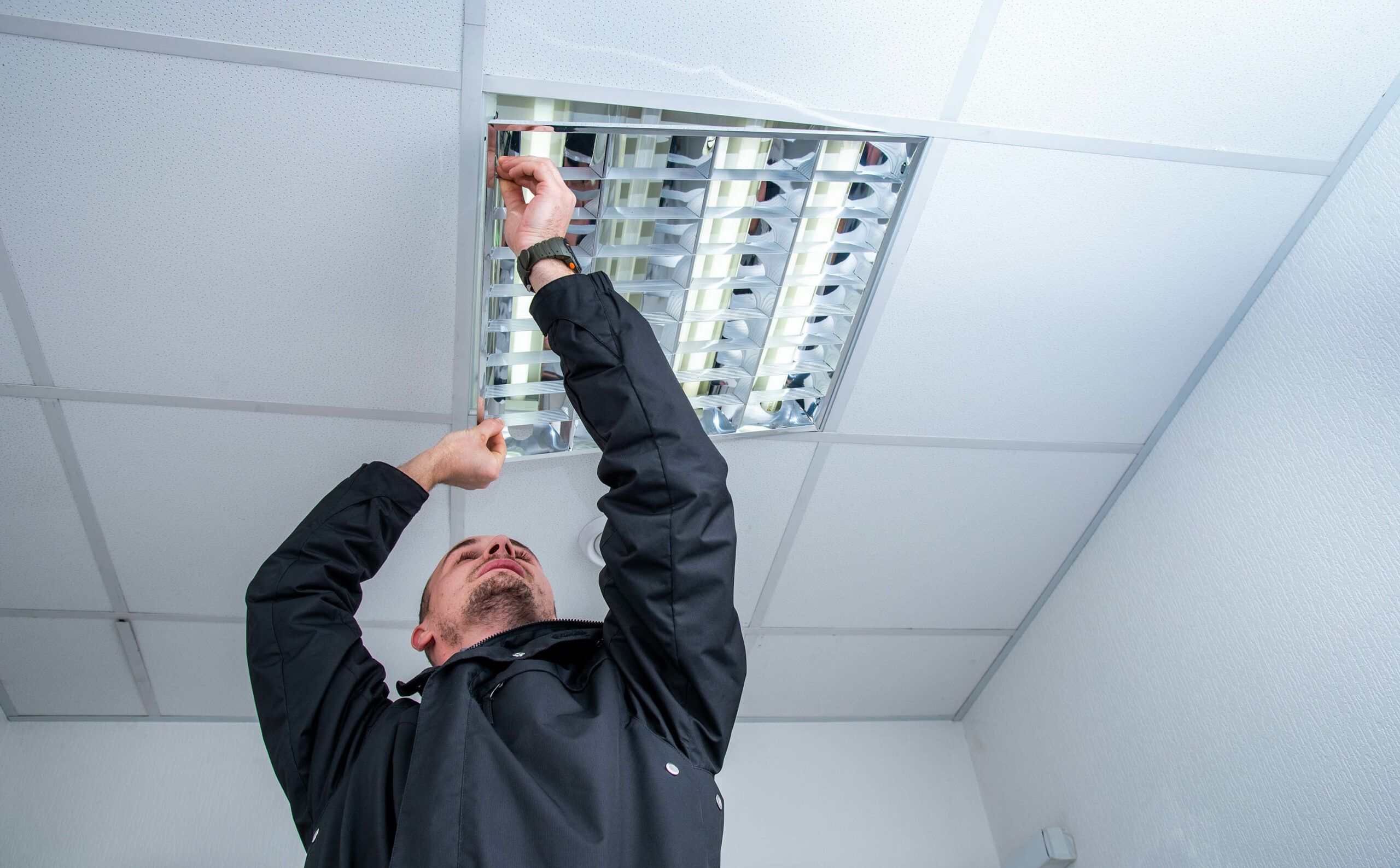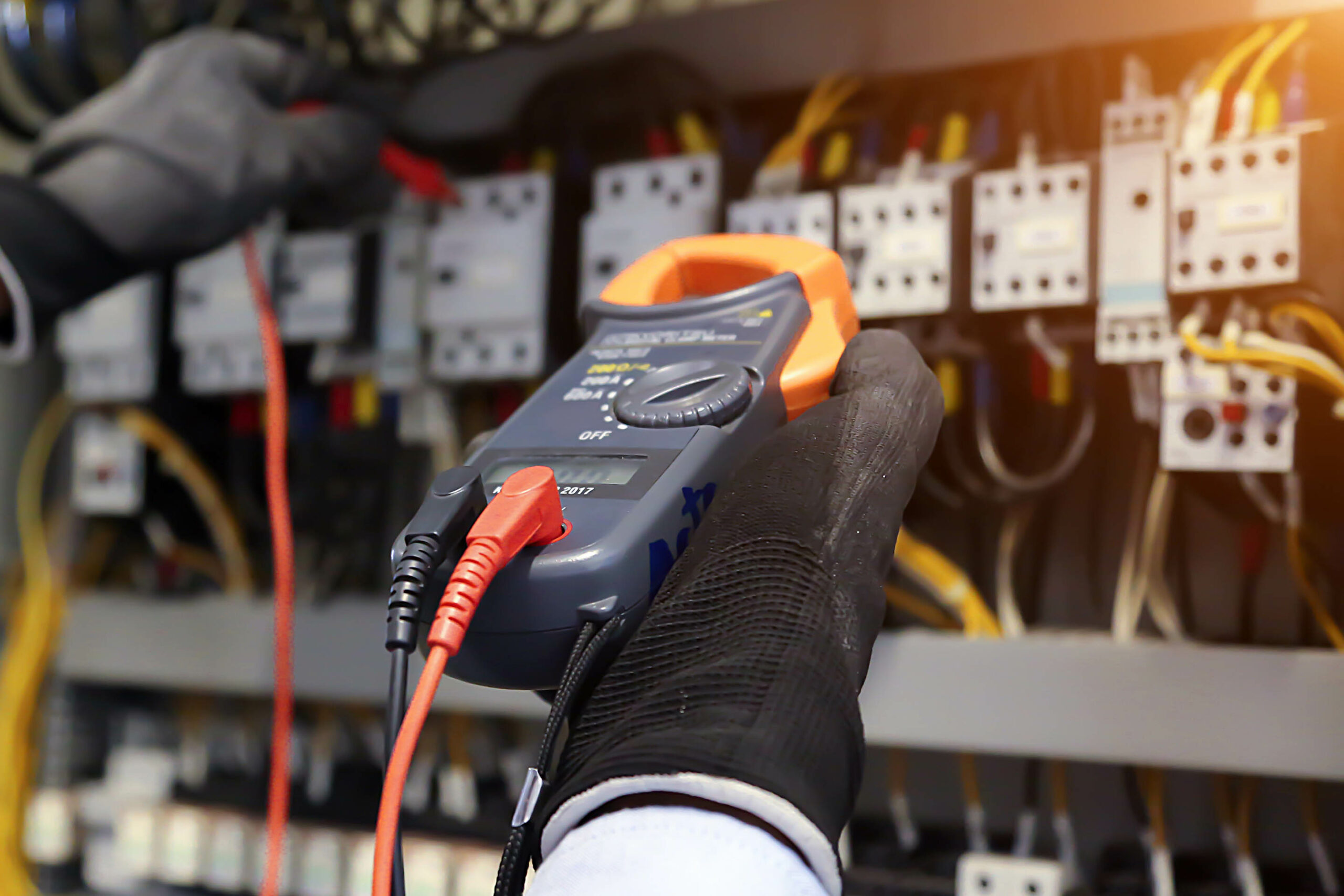Landlord Safety Certification
Are you a landlord of a residential or commercial property? By law you are required to obtain a Landlord Safety Certificate. This is to ensure your properties electrical installation is safe for your tenants.
Our Electrical installation condition reports provide you this certification. The service is competitively priced and carried out by one of our specialised testing engineers. Do not hesitate to contact us today.
Are you a landlord of a residential or commercial property? By law you are required to obtain a Landlord Safety Certificate. This is to ensure your properties electrical installation is safe for your tenants.
Our Electrical installation condition reports provide you this certification. The service is competitively priced and carried out by one of our specialised testing engineers. Do not hesitate to contact us today.
• Competitive pricing
• NIC approved contractor
• Fully Insured
• Supply & Fit
• Labour Only
• Testing & Inspection
• Emergency Lighting
• Alterations
• Additions
• New Installations
Why is an Electrical Installation Condition Report needed?
Electrical installations can deteriorate over time so its vital to monitor these installations so people aren’t put at risk.
How often is an Electrical Installation Condition Report required?
- 10 years for a home
- 5 years for a business
- 3 years for caravan sites
- 1 year for swimming pools.
An Electrical Installation Condition Report is also required
- When a property is being prepared to be let.
- When there has been a change of the tenant.
- Before selling a property or when buying a previously occupied property.

The inspection takes into account all the relevant circumstances and includes the following:
- The adequacy of earthing and bonding
- The suitability of the switch and control gear.
- The serviceability of switches, sockets and light fittings.
- The type of wiring system and its condition.
- That residual current devices are used for sockets that may be used with outdoor electrical equipment.
- The presence of adequate identification and notices.
- The extent of any wear and tear, damage or other deterioration.
- The changes in use of the premises which have led to, or may lead to, problematic wiring.

